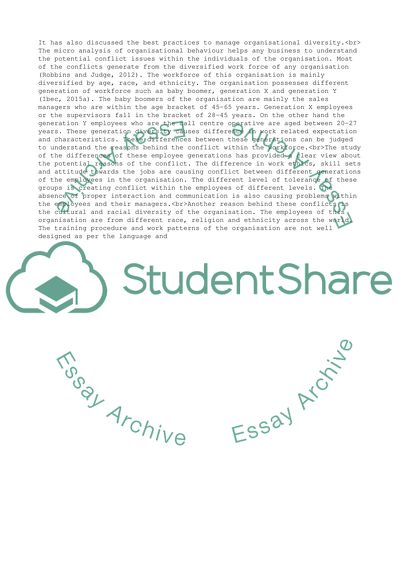Cite this document
(“Globalink Understanding diversity Assignment Example | Topics and Well Written Essays - 1500 words”, n.d.)
Retrieved from https://studentshare.org/management/1673942-globalink-understanding-diversity
Retrieved from https://studentshare.org/management/1673942-globalink-understanding-diversity
(Globalink Understanding Diversity Assignment Example | Topics and Well Written Essays - 1500 Words)
https://studentshare.org/management/1673942-globalink-understanding-diversity.
https://studentshare.org/management/1673942-globalink-understanding-diversity.
“Globalink Understanding Diversity Assignment Example | Topics and Well Written Essays - 1500 Words”, n.d. https://studentshare.org/management/1673942-globalink-understanding-diversity.


